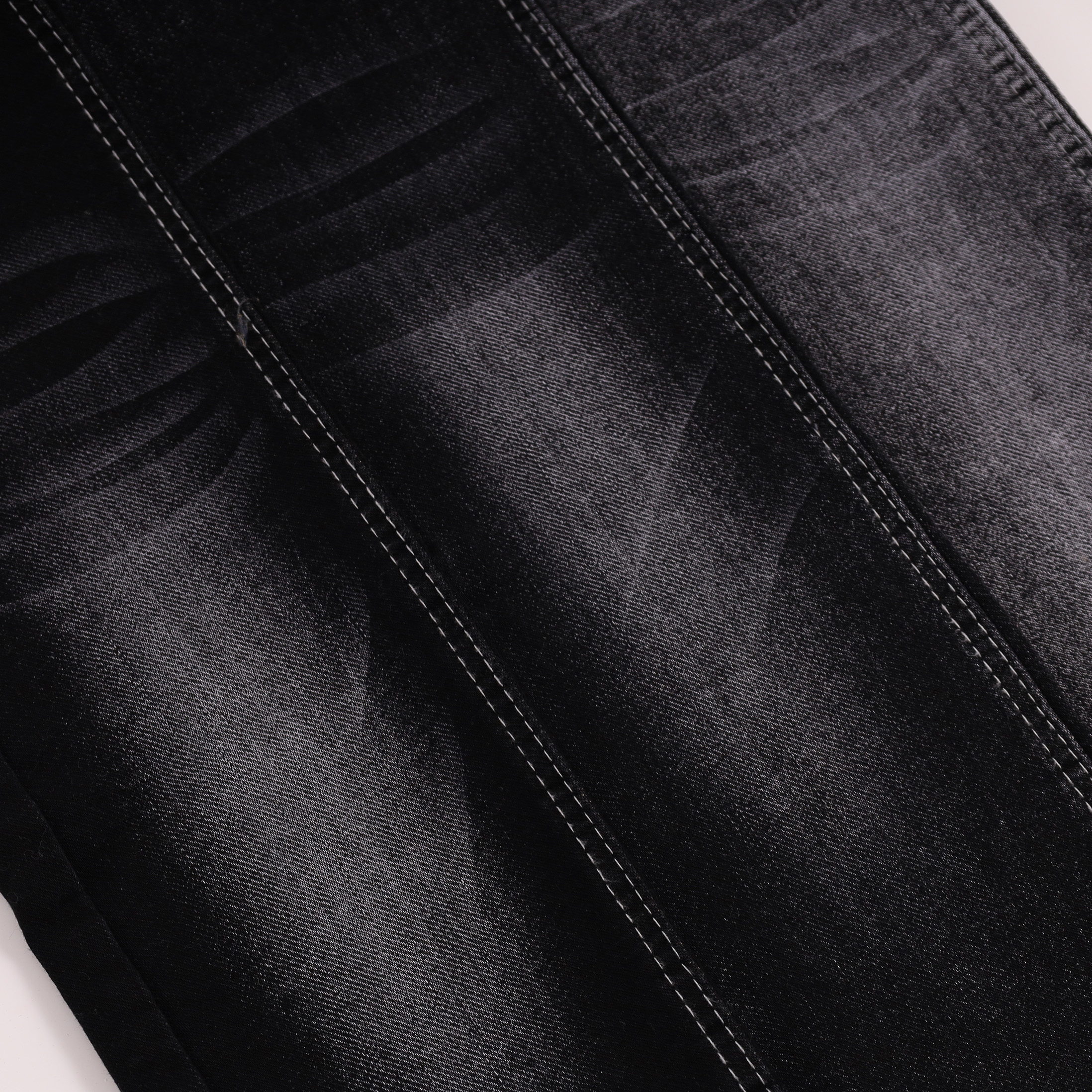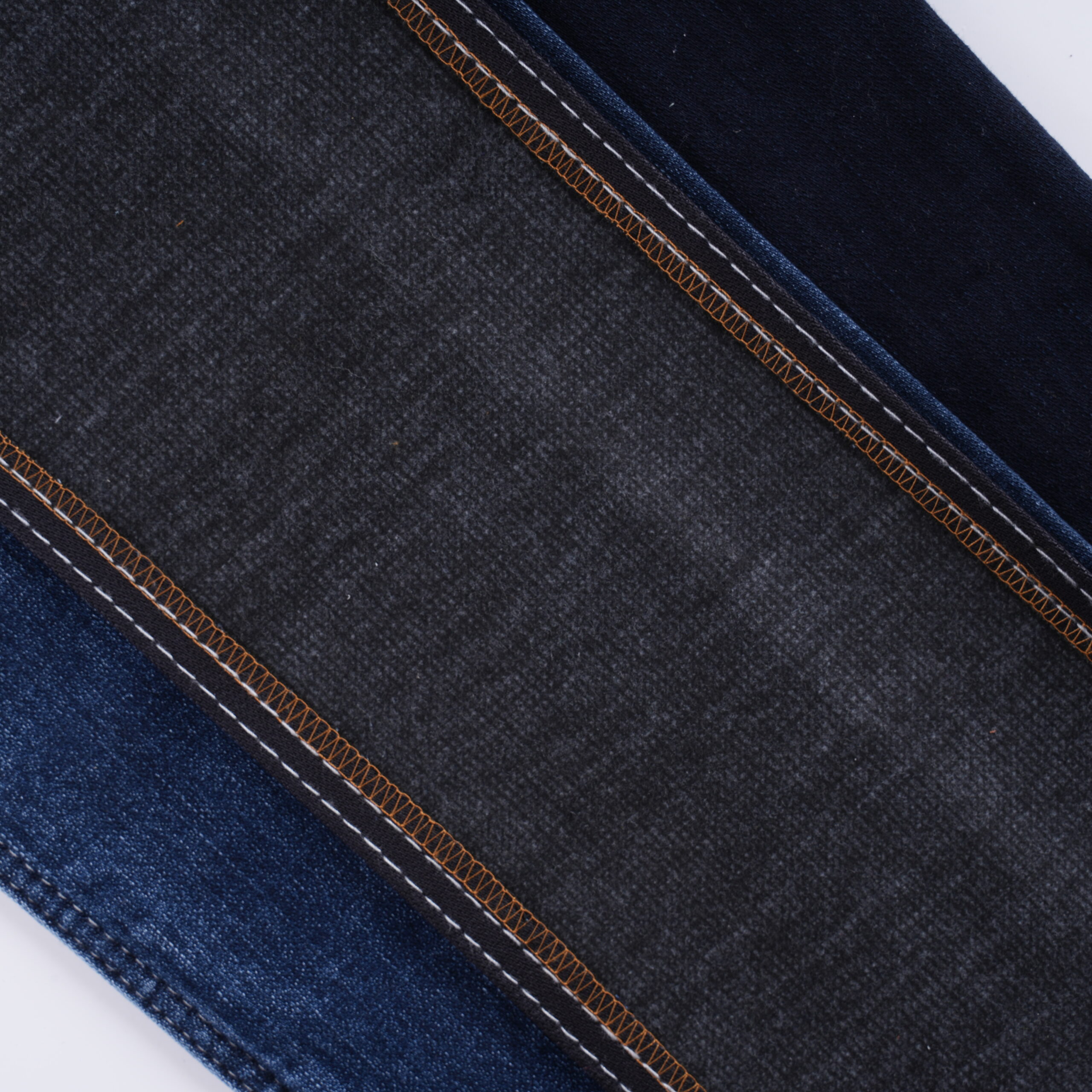Exploring the World of Denim Cloth Fabric

Estimated reading time: ~5 minutes
Introduction
The fabric of denim evolved from its practical roots in work clothing into its position as a leading fashion element across the globe. The fashion industry along with consumers love denim fabric because it started as workwear during the 19th century before evolving into modern designs. The article examines denim fabric characteristics and types as well as customization options and weight considerations for creating bespoke garments.
Overview of Denim
Denim functions as a durable cotton twill textile because the warp-faced weaving method produces diagonal ribbing patterns. Denim manufacturers started dyeing their fabric indigo to achieve the classic blue outer and white interior appearance which is now produced in multiple colors. Its ability to last long along with its fading effects makes denim suitable for various clothing items including jeans and jackets and shirts and skirts and home decorations and accessories.
Types of Denim Fabrics
The various finishes and types of denim fabric exist to match particular design needs. Below is a detailed overview:
| Denim Type | Description |
|---|---|
| Raw Denim | Unwashed, stiff, Generally dark blue, fades over time for a personalized look. |
| Sanforized Denim | Raw denim treated to reduce shrinkage, often labeled as pre-shrunk. |
| Indigo Dyed Denim | Classic blue denim with indigo-dyed warp and white weft. |
| Color Dyed Denim | Uses sulphur dyes for colors like mustard, green, grey, red, or pink. |
| Selvedge Denim | Features a self-finished edge (often red or orange), indicating high quality. |
| Acid Wash Denim | Treated with acid for a mottled, retro look, popular in the 1980s. |
| Stone Wash Denim | Washed with pumice stones for a faded, lived-in appearance. |
| Crushed Denim | Permanent wrinkled texture, often combined with acid or stone wash. |
| Poly Denim | Blended with poly-cotton for softness and comfort. |
| Stretch Denim | Infused with spandex or Lycra for elasticity, ideal for fitted designs. |
| Bull Denim | 100% cotton, tough, soft on one side, used for clothing and upholstery. |
| Ecru Denim | Undyed, natural cotton color, pale creamy. |
| Organic Denim | Made from chemical-free organic cotton, eco-friendly. |
| Lightweight Denim | Under 12 oz/yd², soft and flexible, for shirts and summer garments. |
| Marble Denim | Bleach-treated for a marbled effect with streaks and spots. |
| Slub Denim | Uses slub yarns for a textured, rustic appearance. |
| Jacquard Denim | Woven with intricate patterns, adding decorative appeal. |
| Flocked Denim | Features a raised, velvet-like pattern for a luxurious feel. |
| Composite Denim | Combines multiple fabrics or processes for enhanced functionality or aesthetics. |
The various types of denim fabric serve diverse fashion needs from traditional to experimental through weaving processes and dyeing methods and finishing techniques.

Classified by Raw Materials
Customization Possibilities
Denim fabrics work well for customization because of their flexible nature. Clients can order bespoke garments through the selection of distinct colors and patterns together with finishes which include special prints, washes and jacquard designs. Customization services transform individual design concepts into reality through the creation of vintage stone-washed items or sustainable organic denim products. You can reach malone@lydenim.com for further details or visit www.lydenim.com for more information.
Selecting the Appropriate Denim Weight
The weight of denim fabric depends on ounces per square yard to determine suitable applications for different garments:
| Weight Category | Weight Range (oz/yd²) | Characteristics | Common Uses |
|---|---|---|---|
| Lightweight Denim | Under 12 | Soft, breathable, less durable | Shirts, summer jeans, dresses |
| Mid-Weight Denim | 12-16 | Stiff, durable, balanced comfort | Everyday jeans, jackets, versatile garments |
| Heavyweight Denim | Over 16 | Very stiff, warm, requires longer break-in | Cold-weather clothing, structured designs |
The selection of appropriate weight ensures that the final garment satisfies both its intended visual appearance and performance requirements since lightweight denim suits warm weather and heavyweight denim suits cold weather conditions.
The specific weight is subject to the local market, and the table is for reference only.
The Evolution and Future of Denim
The popularity of denim as a global fashion staple began after Levi Strauss and Jacob Davis patented it in 1870s (Denim History). The current fashion movement focuses on sustainable practices by promoting organic denim and environmentally friendly dyeing techniques. Laser washing techniques together with digital printing methods help designers merge classic techniques with contemporary methods to push the boundaries of denim creativity.
Conclusion
Denim stays popular because it lasts long and can be used in multiple ways and it transforms according to what is in fashion at the moment. The designers and consumers will have a better selection of denim products through understanding of denim types and weight categories. The customisation options that are available make denim a better product for designers and buyers because they allow unique and individualised designs.
Customization Services by LYDENIM
🎨 Want custom denim fabrics or unique custom denim garment? LYDENIM specializes in tailor-made solutions to meet your design and production needs.
🛍️ Explore & Get Inspired: Browse our fabric selections and discover design ideas on LYDenim.
🌐 Elastic Clothing: Check out our offerings on MyAlibaba. 📩 Contact Us: Reach out at malone@lydenim.com.
Create your denim masterpiece with LYDENIM—your trusted partner for stretch fabric and custom denim solutions.
